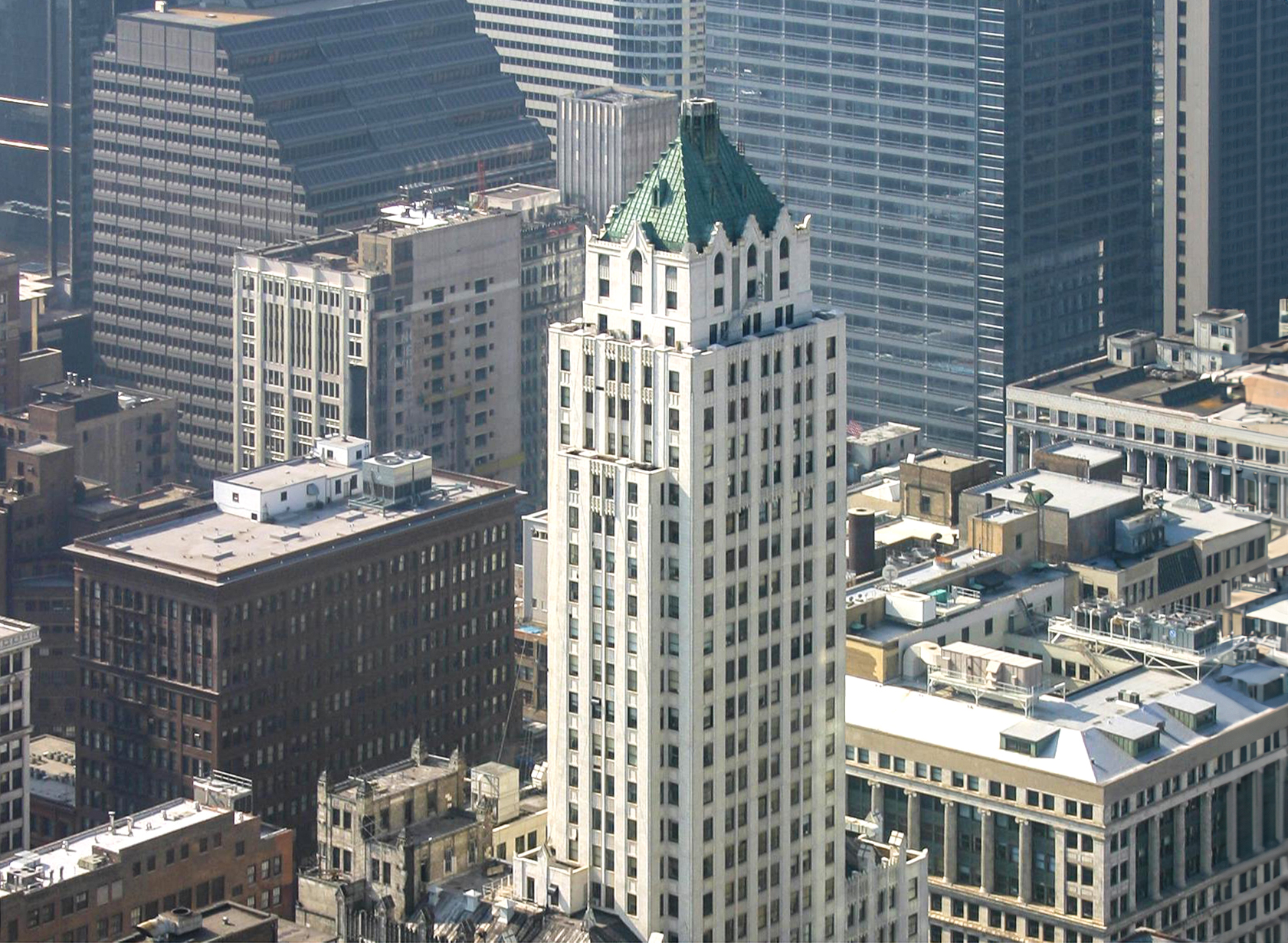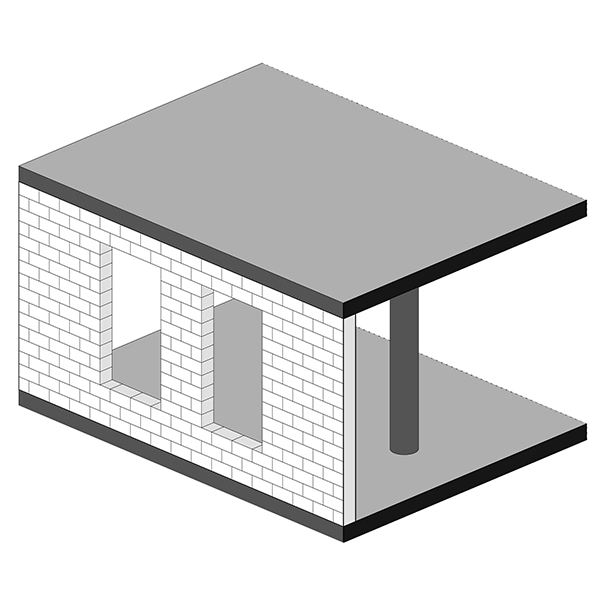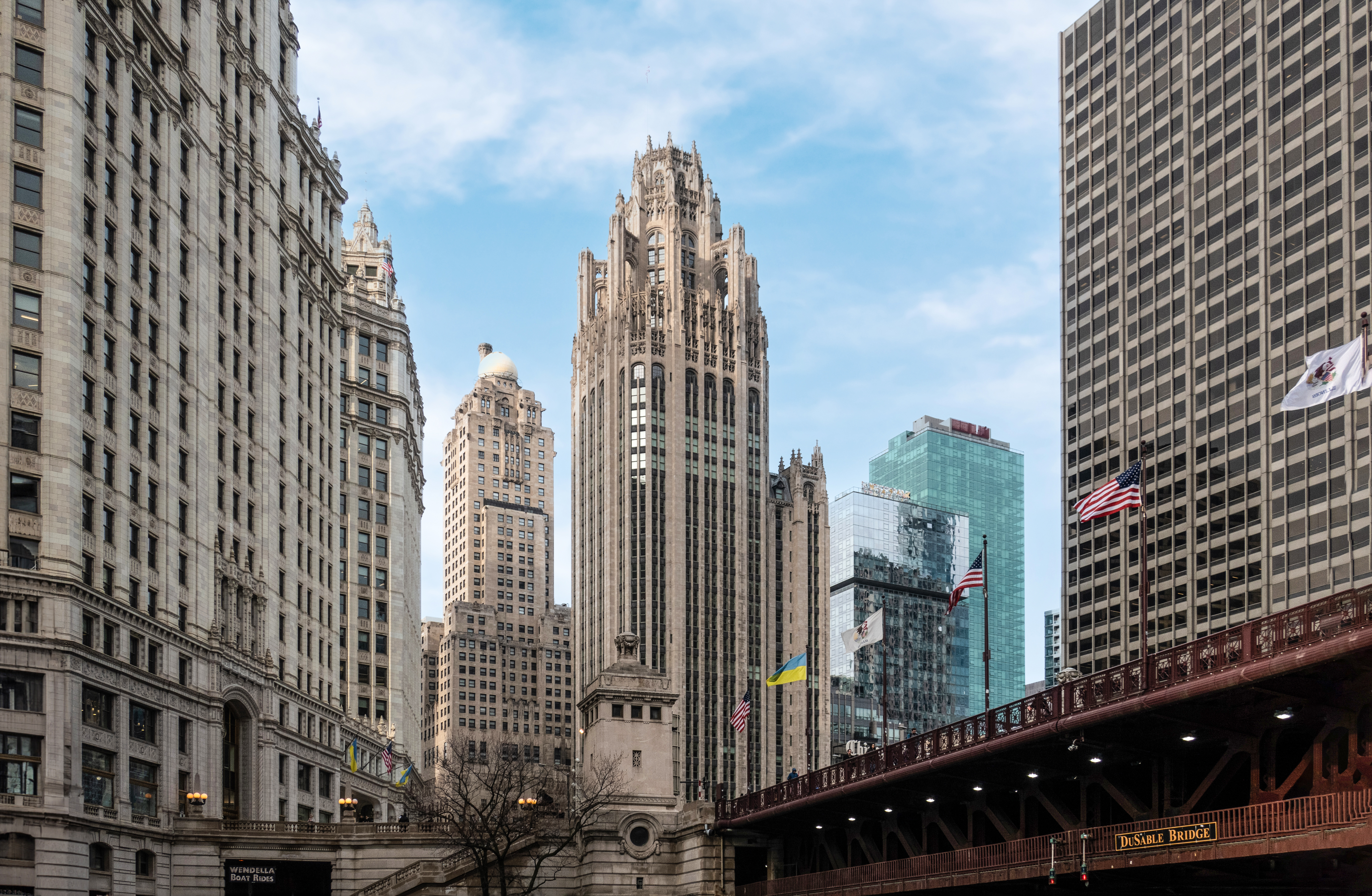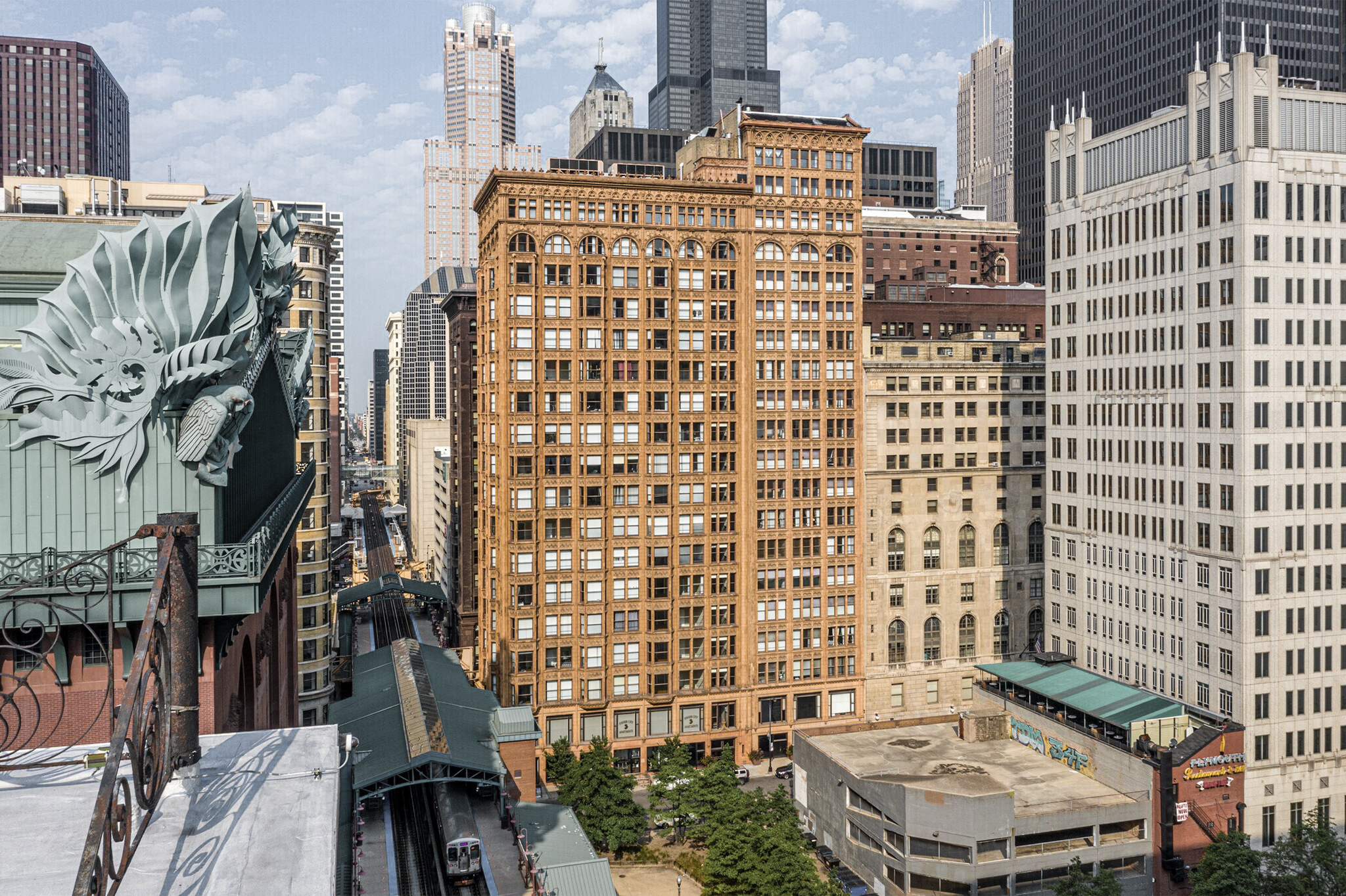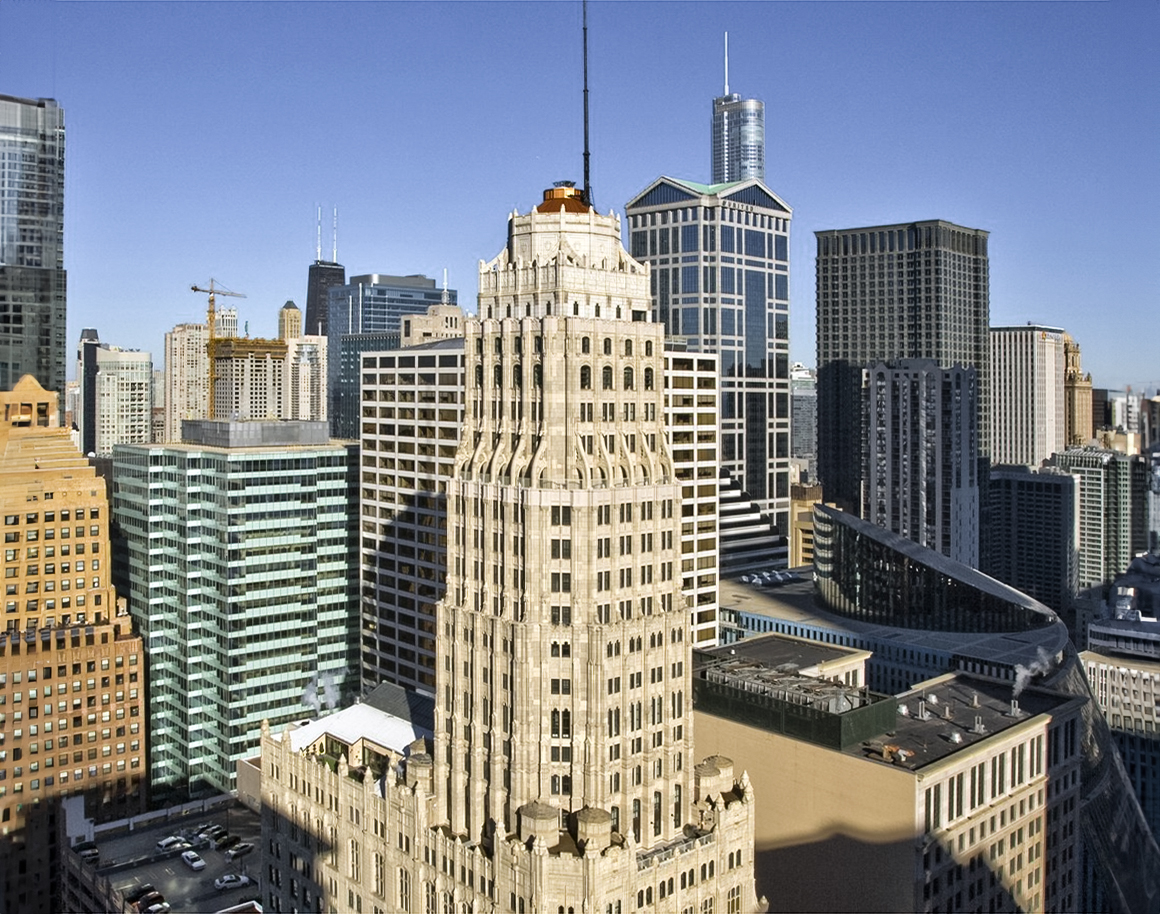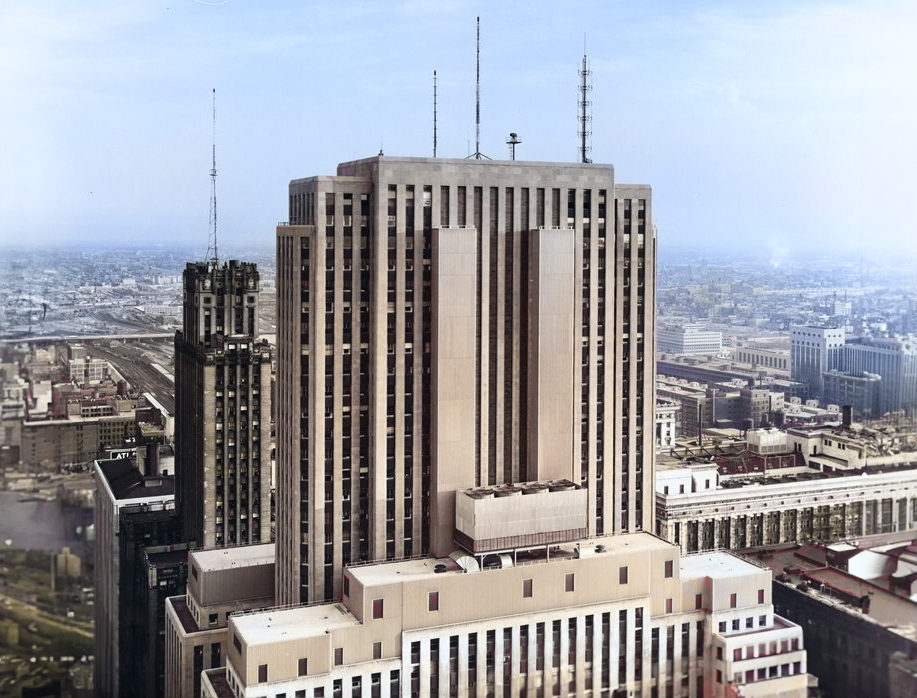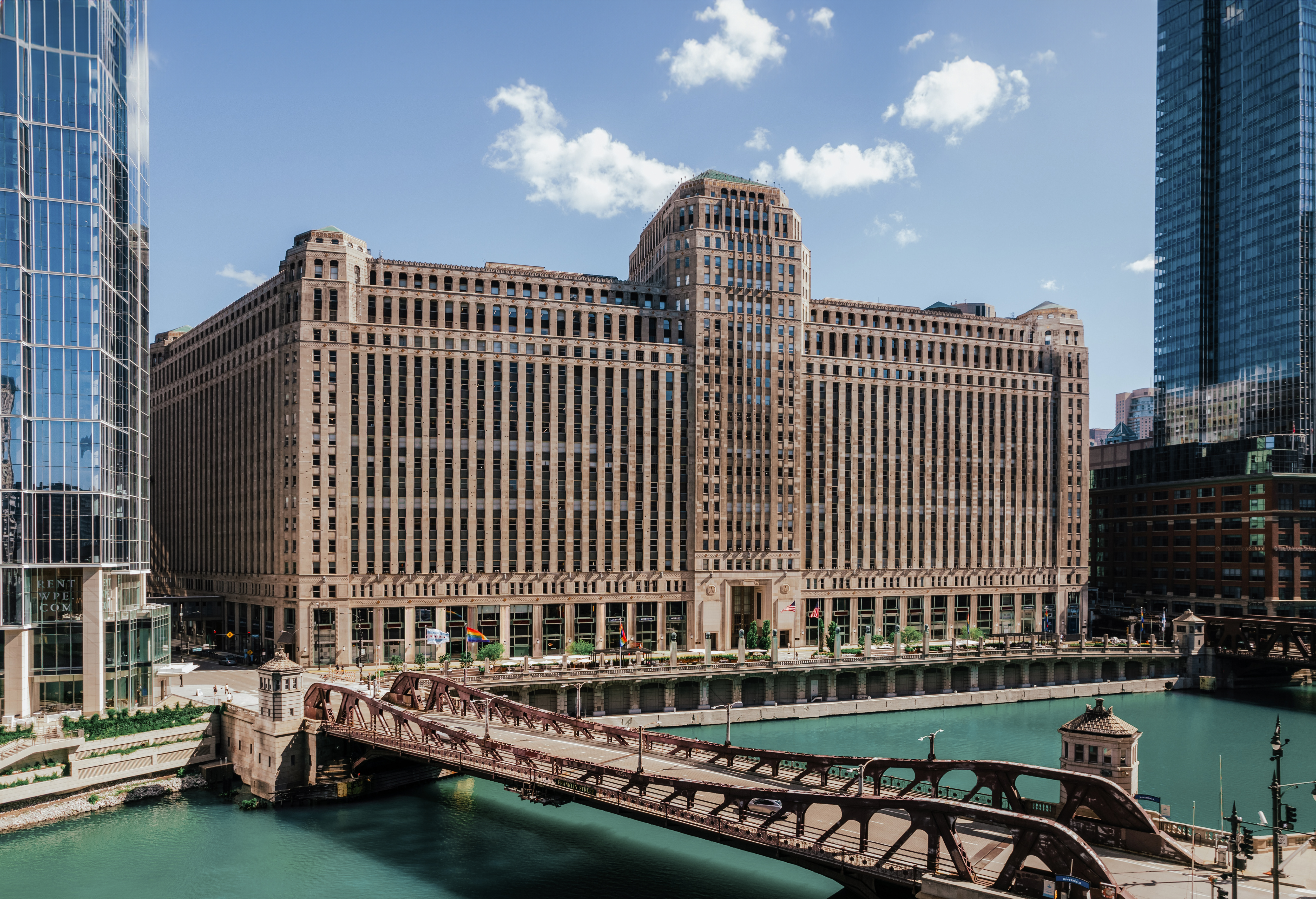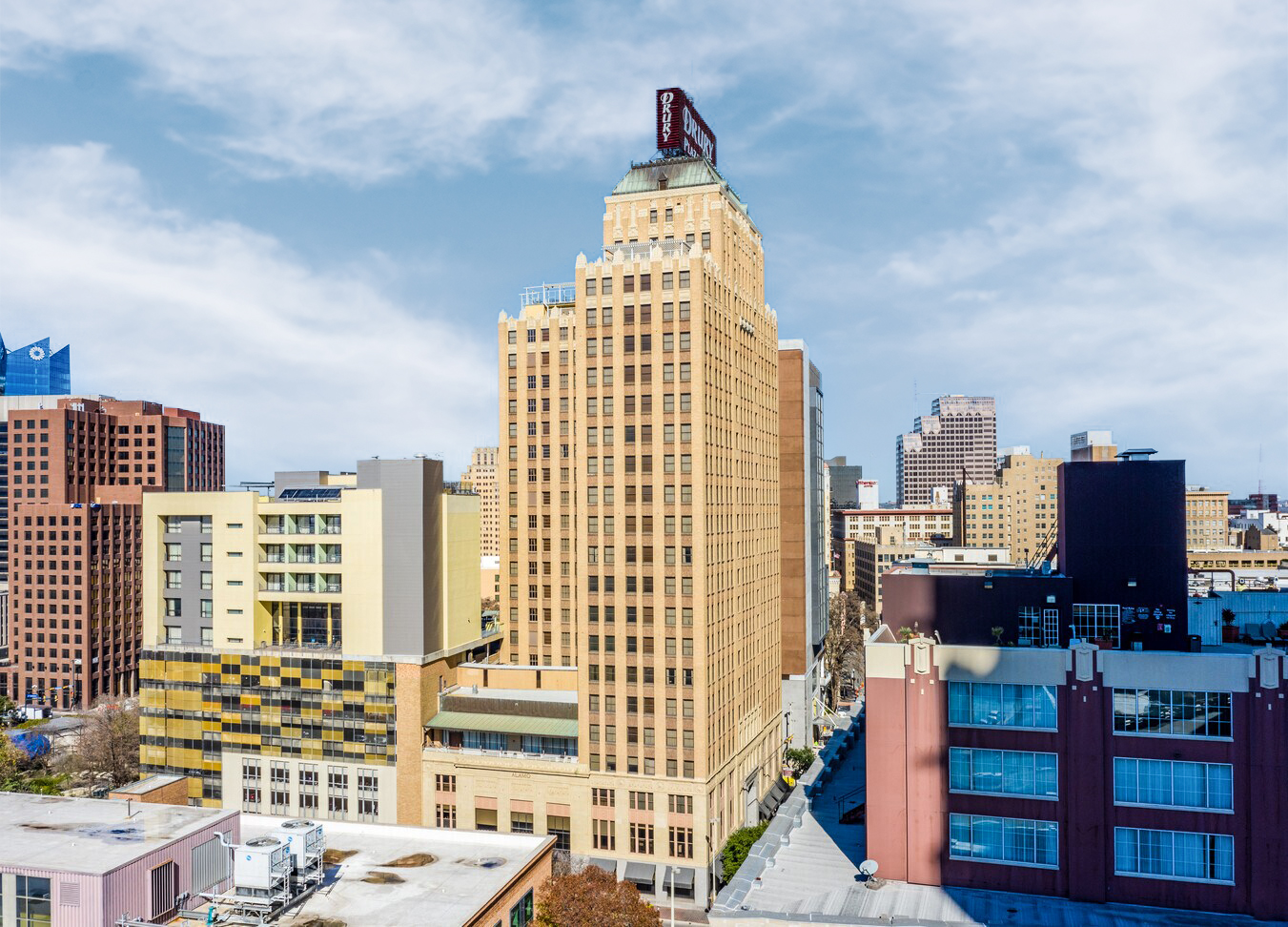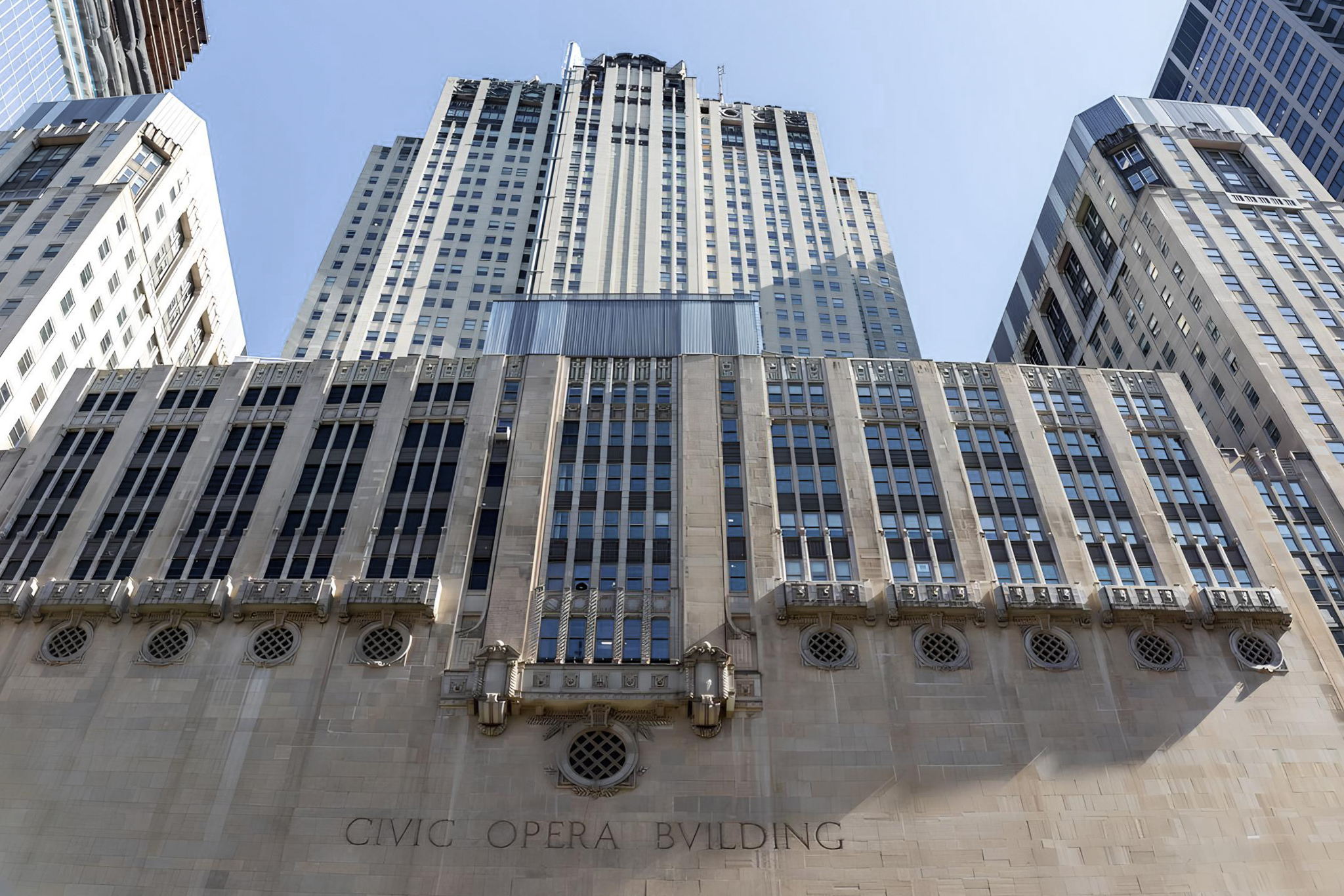The Pittsfield Building is a Neogothic skyscraper designed by Graham, Anderson, Probst & White, and built between 1926 and 1927 in Chicago, IL.
Its precise street address is 55 E. Washington Street, Chicago, IL. You can also find it on the map here.
The Pittsfield Building is a structure of significant importance both for the city of Chicago and the United States as a nation. The building embodies the distinctive characteristic features of the time in which it was built and the Neogothic style. Because of that, the Pittsfield Building was officially declared as a national landmark on November 6th 2002.
